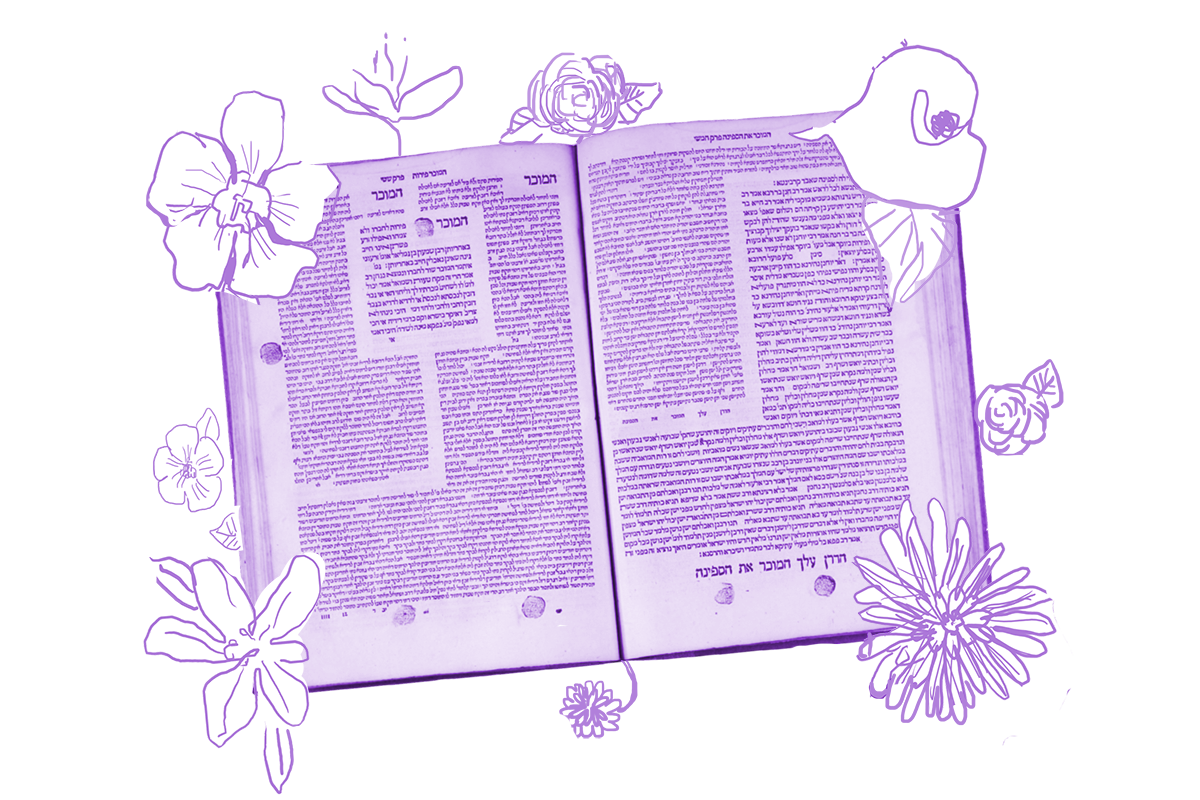Beginning with yesterday’s daf and continuing on today’s, we have an opportunity to revisit one of the starkest examples of the Oral Torah veering away from the literal word of the Written Torah: lex talionis. This ancient “law of exact retaliation” holds that justice is served when the crime visited on a victim is inflicted on the perpetrator. Exodus 21:24, Leviticus 24:20 and Deuteronomy 19:21 all declare that one shall take “an eye for an eye.”
The problems here are numerous and even from an early point in Jewish legal discussions this phrase was reinterpreted to mean that payment (not like injury) is demanded for injury. Today’s daf includes several early rabbinic statements on this, including the following:
Rabbi Shimon ben Yohai says, “an eye for an eye” means monetary restitution. You say it means monetary restitution, or rather an actual eye? There may be a case of a blind person who blinded another, one with a severed limb who severed another’s limb, one who is lame who lamed another; how would I fulfill “an eye for an eye” in these cases? The Torah says, “There will be one law for you” (Leviticus 24:22) — meaning the law shall be equal for all of you!
Rabbi Shimon ben Yohai argues that it is not always possible to enact the rule of “eye for an eye” literally: The person who took out the original eye might not have one to lose. Instead, justice is best served if the perpetrator pays for the injury.
With your help, My Jewish Learning can provide endless opportunities for learning, connection and discovery.
Notably, this argument relies on logic rather than textual proof. There are other arguments on today’s daf that use textual technicalities to arrive at the same conclusion. In all cases, the gap between the verse’s literal meaning and the derived halakhah remains noticeable.
Rav Mordechai Breuer, a German-Israeli rabbi, proposed a solution to this discrepancy. He argued that one who damages another’s eye causes two harms: inflicting a bodily injury and reducing the injured person’s ability to work. The first issue cannot be redressed with payment, and therefore the appropriate punishment is to inflict similar damage. But if this is the agreed-upon punishment, the injured party doesn’t receive any compensation for the money they lost as a result of the injury. If, however, the injured party receives compensation, the injurer hasn’t been appropriately punished for the injury. Yet both punishments together would be too much: Not only would the injurer now have a bodily injury, but s/he would have to suffer the double monetary loss of impaired ability to work and having to pay out compensation. This would be beyond “the strict law,” inflicting more harm on the injurer than the injurer him or herself inflicted.
Thus, according to Rav Breuer, the rabbis decide in favor of redressing the injured party rather than punishing strictly the injurer. The discrepancy between the Written and the Oral Torah, then, is not merely a matter of interpretation, but of how to justly administer the laws in a practical way.
So why, then, does the Torah use the language of “an eye for an eye” rather than something like “an eye for money”? Rav Breuer explains: “Even though the law of ‘an eye for an eye’ can’t be put into practice, the Torah didn’t turn away from teaching it. For if the Torah had only the law as it is practiced—that an injurer must compensate the injured for damage—we would think that the law of injuring another is like one who injures another’s property. And just as one who sets another’s crop on fire fixes all the damage when s/he pays the value of the crop, so would we understand one who blinds another: It is enough to pay for the value of the eye, and thus any sin is corrected. Therefore, the Torah wrote, ‘an eye for an eye,’ thereby expressing the punishment that the injurer ‘deserves’ for causing another a blemish. And even though this punishment cannot be enforced by an earthly court, the injurer will still stand before a heavenly court. Heaven will exact retribution as long as the injured cries out about the violence done to him/her. And this is what the Sages said in the Mishnah: ‘Even though one has given [payment for damage], s/he is not forgiven until s/he requests [forgiveness].’”
The rabbis, who had to balance different concerns and make practical decisions with regard to the law, could not perfectly interpret or even enact this law as presented in the Torah. But the Torah can present an ideal that can only be approximated by humans. Armed with both versions — the ideal and the practical — the rabbis must struggle to find the best way to justly apply law in an imperfect world.
Read all of Bava Kamma 84 on Sefaria.
This piece originally appeared in a My Jewish Learning Daf Yomi email newsletter sent on January 25th, 2024. If you are interested in receiving the newsletter, sign up here.



